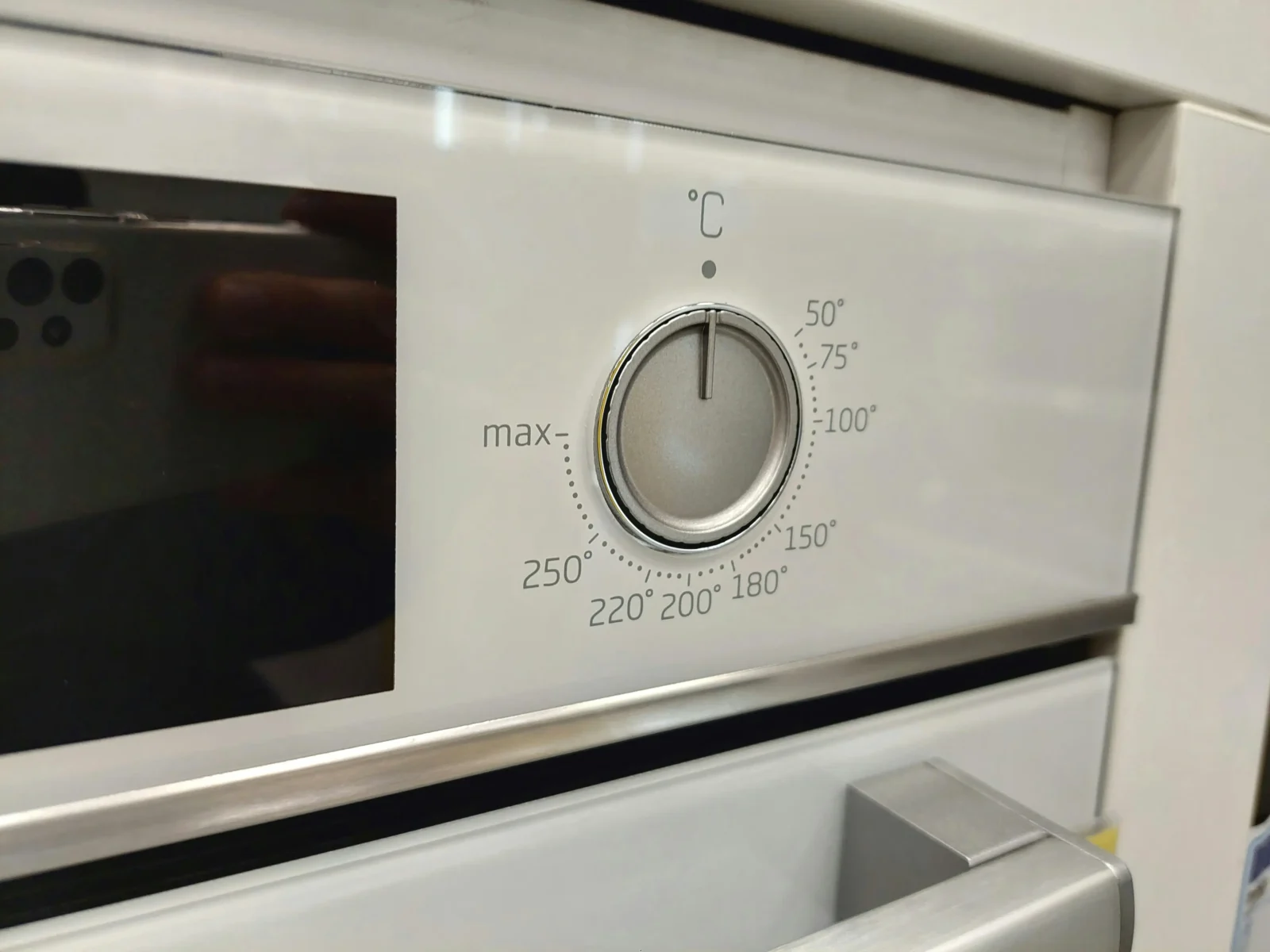- Home
- Articles
- Architectural Portfolio
- Architectral Presentation
- Inspirational Stories
- Architecture News
- Visualization
- BIM Industry
- Facade Design
- Parametric Design
- Career
- Landscape Architecture
- Construction
- Artificial Intelligence
- Sketching
- Design Softwares
- Diagrams
- Writing
- Architectural Tips
- Sustainability
- Courses
- Concept
- Technology
- History & Heritage
- Future of Architecture
- Guides & How-To
- Art & Culture
- Projects
- Interior Design
- Competitions
- Jobs
- Store
- Tools
- More
- Home
- Articles
- Architectural Portfolio
- Architectral Presentation
- Inspirational Stories
- Architecture News
- Visualization
- BIM Industry
- Facade Design
- Parametric Design
- Career
- Landscape Architecture
- Construction
- Artificial Intelligence
- Sketching
- Design Softwares
- Diagrams
- Writing
- Architectural Tips
- Sustainability
- Courses
- Concept
- Technology
- History & Heritage
- Future of Architecture
- Guides & How-To
- Art & Culture
- Projects
- Interior Design
- Competitions
- Jobs
- Store
- Tools
- More

Winter’s just around the corner, and it’s time we start prepping our homes for the colder months ahead. When temperatures drop, our cozy sanctuaries need a bit of extra care to keep us warm and safe. From sealing drafts to checking heating systems, a few simple steps can make a big difference.
Let’s dive into some practical tips that’ll help us get our homes winter-ready. By taking action now, we can avoid costly repairs and ensure our spaces remain comfortable all season long. So, grab your checklist and let’s get started on making our homes the perfect winter retreat.

Table of Contents
ToggleUnderstanding the Importance of Winterizing Your Home
Preparing for winter isn’t just about comfort. Winterizing our homes is crucial for maintaining our property and ensuring safety during the cold months.
Why Winter Preparation Is Key
Winter preparation prevents structural damage caused by extreme weather. Insulating pipes and sealing drafts keep our homes warm, reducing energy bills. According to the U.S. Department of Energy, proper insulation can cut heating costs by up to 20%.
The Impact of Neglect on Home Maintenance
Neglecting winter prep can lead to serious issues. Frozen pipes cause water damage, and unsealed windows increase heating costs. The Insurance Information Institute estimates that water damage claims average $10,234, stressing the importance of preventive measures.
Top Tips to Get Your Home Ready for Winter
Proper preparation can make our homes comfortable and safe during the winter months. By following these tips, we can ensure warmth, safety, and cost-effectiveness.
Insulating Your Home to Retain Heat
Insulating homes is crucial for retaining heat and reducing energy bills. Focus areas include walls, attics, and basements. Use materials like fiberglass, foam board, or spray foam to optimize insulation. Seal gaps around windows and doors using weatherstripping or caulking to prevent drafts. According to the U.S. Department of Energy, proper insulation can reduce energy costs by 10-20%.
Checking and Cleaning Heating Systems
Maintaining heating systems ensures efficient performance. Schedule professional inspections for furnaces and boilers to identify and fix issues. Clean air filters regularly, replacing them every 1-3 months, to maintain air quality and efficiency. Ensure that vents and radiators are unobstructed by furniture or drapes. For wood burners, clean chimneys to prevent fire hazards. These steps extend the lifespan of heating equipment and maintain indoor comfort.
By following these tips, we can keep our homes warm and functional throughout the cold months.

Preventative Measures for Severe Weather
Winterizing our homes is crucial to avoid damage from severe weather. We’ll discuss key preventative measures.
Preparing for Snow and Ice
Clearing walkways and driveways of snow and ice reduces the risk of slips and falls. Spreading sand or de-icing materials improves traction. Trimming tree branches near the house prevents heavy snow from causing limbs to fall and damage property. Ensuring gutters are clean allows melted snow to drain properly, minimizing ice dams.
Protecting Pipes from Freezing
Insulating exposed pipes in unheated areas, like basements and garages, prevents freezing. Using pipe sleeves or heat tape adds extra protection. Keeping a small, steady stream of water flowing through faucets during extreme cold reduces pressure build-up and prevents bursts. Sealing cracks and openings near pipes with caulk or insulation foam blocks cold air entry, further protecting plumbing.

Energy Efficiency During the Winter Months
Ensuring our homes are energy-efficient during winter not only saves money but also enhances comfort. Strategic upgrades and mindful practices can significantly cut heating costs.
Smart Thermostats and Energy Saving
Smart thermostats offer precise control over home heating. Using programmable features, we can schedule heating cycles according to our daily routines, ensuring optimal energy use. Models like Nest or Ecobee learn our patterns and adjust temperatures automatically, further conserving energy. These devices also provide remote access, allowing us to make adjustments from anywhere via our smartphones.
Tips for Reducing Heating Costs
Reducing heating costs starts with insulation. Adding insulation in attics, walls, and floors prevents heat loss. Sealing leaks around windows, doors, and ducts also ensures warm air stays inside. Utilizing thick curtains or thermal drapes can add an extra layer of insulation for windows. Additionally, lowering the thermostat by just a few degrees and wearing warmer clothing indoors can yield notable savings. Using ceiling fans in reverse mode helps circulate warm air more efficiently. Regular maintenance of heating systems ensures they run efficiently and reduces unnecessary energy use.

Conclusion
Preparing our home for winter ensures comfort, safety, and cost savings. By insulating with materials like fiberglass, foam board, or spray foam, we can effectively reduce heat loss. Sealing gaps to prevent drafts enhances overall warmth and energy efficiency. Regular checks and maintenance of heating systems guarantee they run efficiently and safely.
Preventative measures like clearing walkways, trimming overhanging branches, and ensuring clean gutters are crucial for avoiding winter hazards. Protecting pipes from freezing by insulating them and sealing cracks helps prevent costly repairs.
Enhancing energy efficiency involves using smart thermostats for precise temperature control, adding insulation in key areas, and sealing leaks. Thick curtains offer extra insulation, while adjusting thermostats and wearing warmer clothing can reduce heating costs. Using ceiling fans in reverse mode aids in circulating warm air more efficiently.
Regular heating system maintenance not only ensures efficiency but also significantly lowers energy consumption, contributing to a comfortable and cost-effective winter. Let’s take these steps to ensure our home remains a haven throughout the colder months.
Trained as an architect and seasoned in the editorial trenches, I turn raw design concepts into compelling narratives that resonate beyond studio walls. My work spans in-depth project spotlights, interviews with visionary designers, and analysis pieces that distill complex technical data into accessible insights. Whether polishing copy for publication or generating original features, I draw on years of practice to ensure every sentence captures architecture’s rigor, poetry, and cultural impact—inviting professionals and enthusiasts alike to see the built environment through a sharper, more inspired lens.
Submit your architectural projects
Follow these steps for submission your project. Submission FormLatest Posts
Dependable Service for Everyday Appliance Problems
When a washer stalls mid-cycle or a fridge warms up, you need...
8 Essential Web-Based Mapping Tools for Modeling Sea Level Rise and Flood Impacts
As climate change accelerates, flood risk and sea level rise have become...
How Sydney’s Architecture Responds to Climate, Light, and Lifestyle
Sydney’s architecture has never been driven by form alone. It evolves through...
Shipping Containers as Functional Infrastructure on Construction Sites
Construction sites are temporary by definition, yet the systems that support them...












Leave a comment